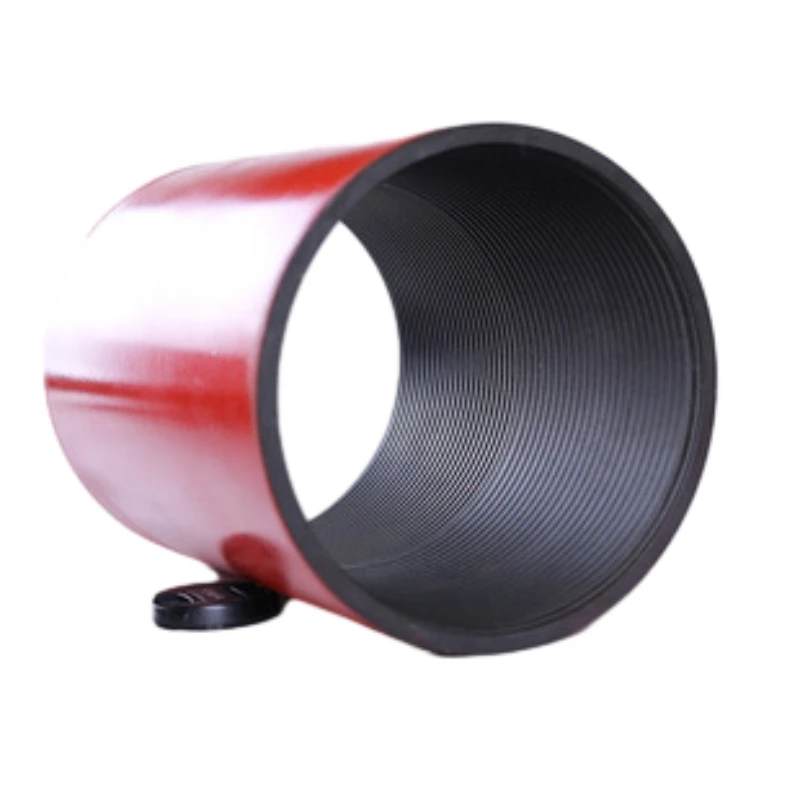- Afrikaans
- Albanian
- Amharic
- Arabic
- Armenian
- Azerbaijani
- Basque
- Belarusian
- Bengali
- Bosnian
- Bulgarian
- Catalan
- Cebuano
- Corsican
- Croatian
- Czech
- Danish
- Dutch
- English
- Esperanto
- Estonian
- Finnish
- French
- Frisian
- Galician
- Georgian
- German
- Greek
- Gujarati
- Haitian Creole
- hausa
- hawaiian
- Hebrew
- Hindi
- Miao
- Hungarian
- Icelandic
- igbo
- Indonesian
- irish
- Italian
- Japanese
- Javanese
- Kannada
- kazakh
- Khmer
- Rwandese
- Korean
- Kurdish
- Kyrgyz
- Lao
- Latin
- Latvian
- Lithuanian
- Luxembourgish
- Macedonian
- Malgashi
- Malay
- Malayalam
- Maltese
- Maori
- Marathi
- Mongolian
- Myanmar
- Nepali
- Norwegian
- Norwegian
- Occitan
- Pashto
- Persian
- Polish
- Portuguese
- Punjabi
- Romanian
- Russian
- Samoan
- Scottish Gaelic
- Serbian
- Sesotho
- Shona
- Sindhi
- Sinhala
- Slovak
- Slovenian
- Somali
- Spanish
- Sundanese
- Swahili
- Swedish
- Tagalog
- Tajik
- Tamil
- Tatar
- Telugu
- Thai
- Turkish
- Turkmen
- Ukrainian
- Urdu
- Uighur
- Uzbek
- Vietnamese
- Welsh
- Bantu
- Yiddish
- Yoruba
- Zulu
Understanding Bull Plug Sizes and Their Dimensions for Effective Applications
Understanding Bull Plug Dimensions A Comprehensive Guide
When it comes to industrial fittings, understanding the dimensions of a bull plug is essential for ensuring proper fit and functionality. Bull plugs, also known as pipe plugs, play a crucial role in sealing openings in pipelines and vessels, preventing leaks and maintaining pressure. This article aims to provide a detailed overview of bull plug dimensions, their applications, and why selecting the correct size is vital in various industrial settings.
What is a Bull Plug?
A bull plug is a type of closure fitting that is used to seal the end of a pipe. It can be found in various industries including oil and gas, water treatment, and chemical processing. Bull plugs are designed to fit snugly into the end of a pipe, preventing flow and securing the contents within. They can be made from a variety of materials, including plastic, stainless steel, and brass, making them versatile for different environments and applications.
Dimensions of Bull Plugs
The dimensions of bull plugs can vary significantly based on their intended use and the specifications of the pipes they will seal. Key dimensions include
1. Diameter This is the most critical dimension. The diameter of a bull plug must match the inner diameter of the pipe it is intended to seal. Common sizes range from 1/8 inch to several inches, depending on the application.
2. Length The length of a bull plug can also vary. It is important that the length is sufficient to create a secure seal without protruding excessively from the pipe. Standard lengths typically range from 1 inch to 3 inches.
3. Thread Type Many bull plugs feature threaded ends for easy installation and removal. Common thread types include NPT (National Pipe Taper), BSP (British Standard Pipe), and PT (Pipe Thread). The choice of thread type is crucial for ensuring compatibility with existing piping systems.
4. Material Thickness The thickness of the plug's walls should also be considered, especially in high-pressure systems. Thicker materials can withstand greater pressures and are necessary for certain applications, while thinner materials may suffice for less demanding environments.
Applications of Bull Plugs
bull plug dimensions

Bull plugs are used across various industries for multiple applications, including
- Sealing Openings In construction and maintenance, bull plugs are often used to seal unused openings in pipes to prevent contamination and leakage.
- Pressure Testing Bull plugs are essential in pressure testing systems, where they temporarily block openings to allow for safe testing of pipeline integrity.
- Flow Control By sealing off sections of pipeline, bull plugs can control fluid flow, making them useful in maintenance routines.
Importance of Correct Sizing
Choosing the correct dimensions for bull plugs is critical for ensuring safety and functionality. An ill-fitting plug can lead to leaks, pressure drops, or even system failures. To select the right size, it is advisable to
1. Measure Pipe Diameter Use precise measuring tools to determine the inner diameter of the pipe where the bull plug will be installed.
2. Check Thread Compatibility Ensure that the thread type of the bull plug matches that of the pipe to prevent cross-threading and potential damage.
3. Consider Application Needs Make sure the material and dimensions of the bull plug align with the specific requirements of the application, especially regarding pressure and temperature.
Conclusion
In summary, understanding bull plug dimensions is crucial for ensuring proper sealing and operational efficiency in various industrial applications. By paying close attention to factors such as diameter, length, and material compatibility, professionals can select the right bull plugs to enhance the safety and performance of their systems. Whether for construction, maintenance, or pressure testing, the right bull plug makes all the difference in achieving reliable and effective sealing solutions.
-
Tubing Pup Joints: Essential Components for Oil and Gas OperationsNewsJul.10,2025
-
Pup Joints: Essential Components for Reliable Drilling OperationsNewsJul.10,2025
-
Pipe Couplings: Connecting Your World EfficientlyNewsJul.10,2025
-
Mastering Oilfield Operations with Quality Tubing and CasingNewsJul.10,2025
-
High-Quality Casing Couplings for Every NeedNewsJul.10,2025
-
Boost Your Drilling Efficiency with Premium Crossover Tools & Seating NipplesNewsJul.10,2025







